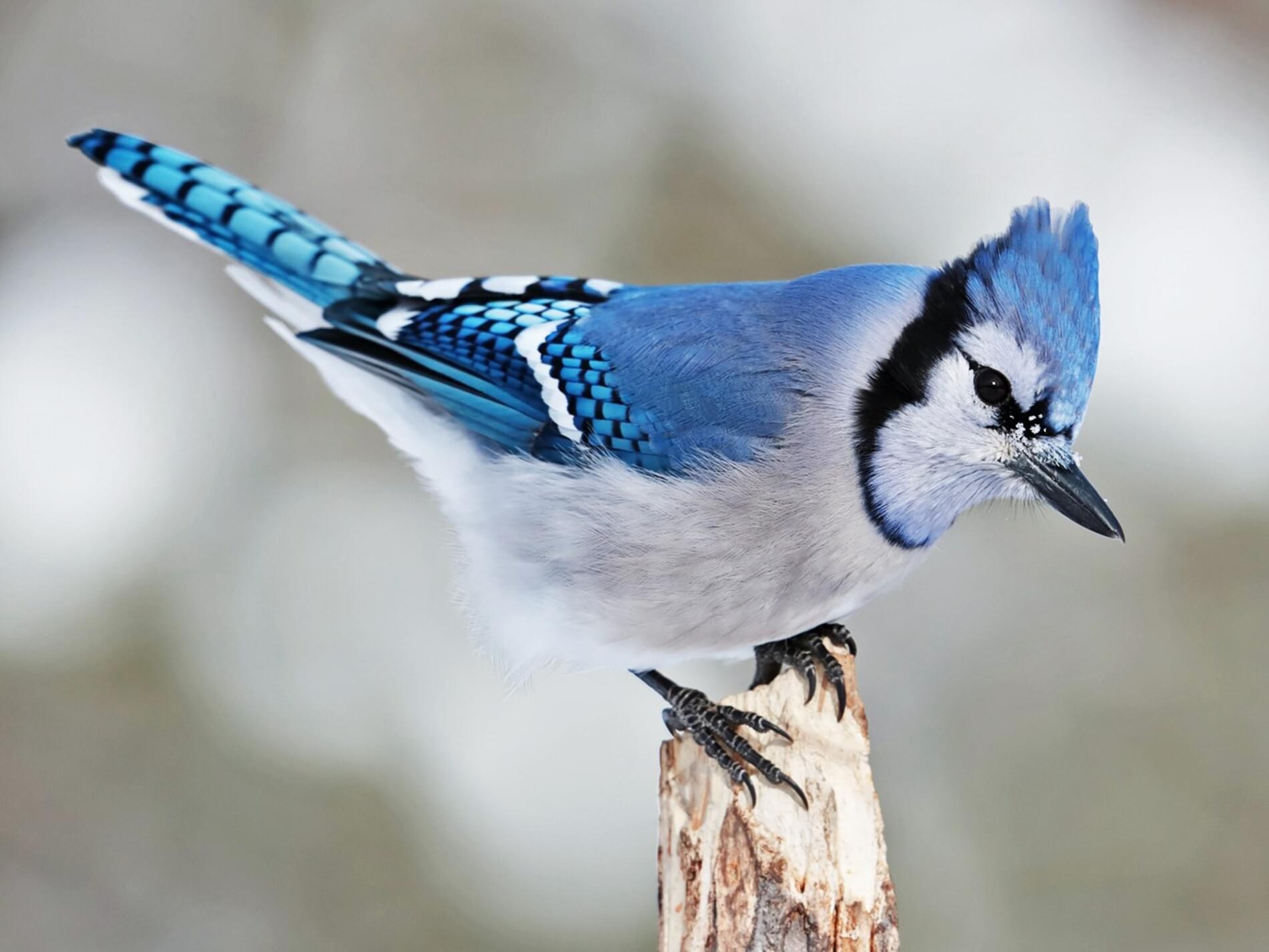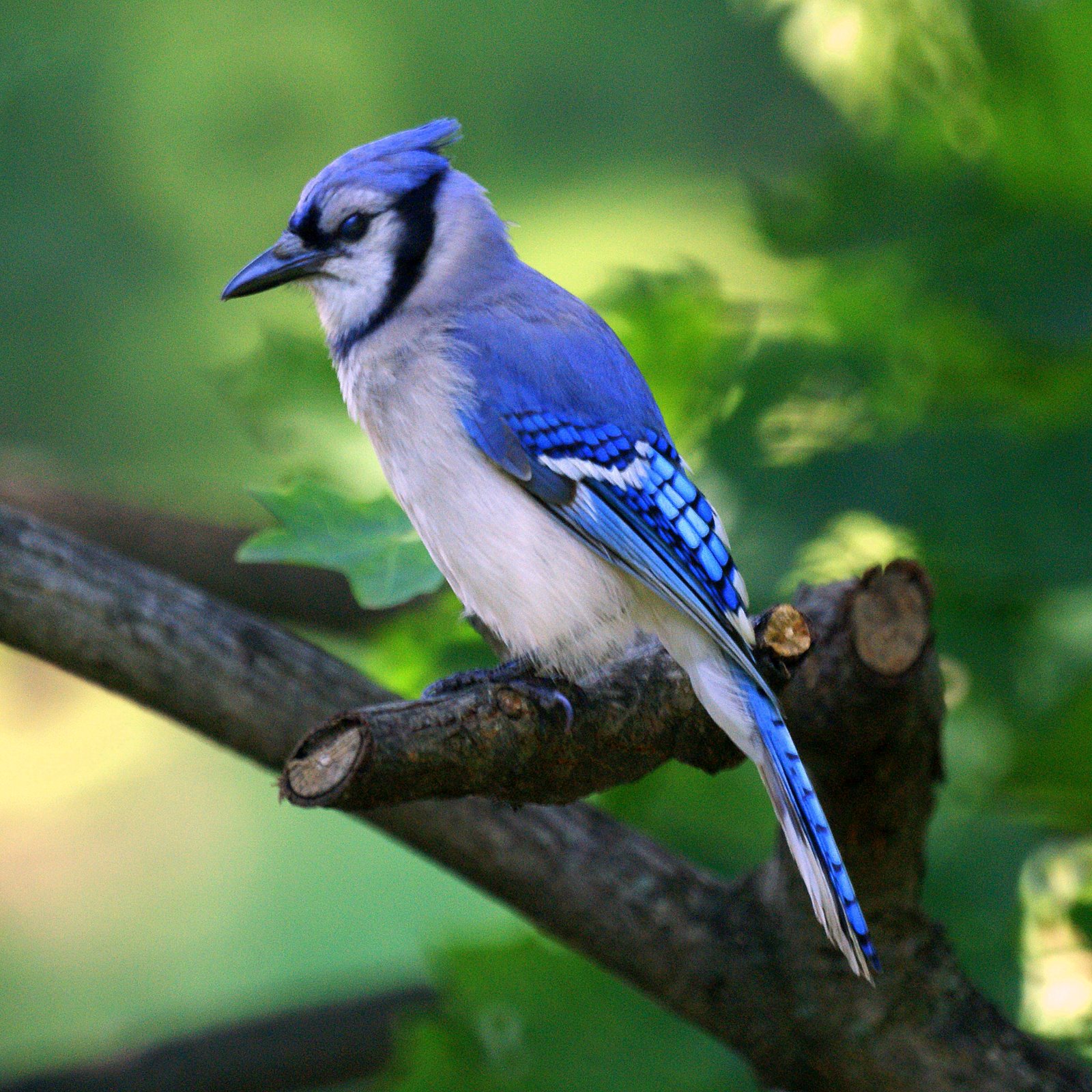Blue Jays: A Symbol of North America

The Blue Jay, with its striking plumage and boisterous calls, has been a fixture in North American landscapes for centuries. This iconic bird has woven itself into the fabric of the continent’s culture, appearing in folklore, art, and literature. Its presence is a reminder of the rich biodiversity and natural beauty that characterize North America.
The Blue Jay in North American Culture
The Blue Jay has held a significant place in the cultural history of North America. Native American tribes have long revered the bird, associating it with various qualities and beliefs. For example, the Algonquin people believed the Blue Jay was a messenger of the Great Spirit, while the Cherokee saw it as a symbol of wisdom and knowledge. In some cultures, the bird’s distinctive call was believed to have spiritual significance, serving as a warning or a sign of good fortune.
Depiction of the Blue Jay in Art, Literature, and Folklore
The Blue Jay’s vibrant colors and bold personality have inspired artists, writers, and storytellers throughout history. The bird’s image has graced countless paintings, sculptures, and photographs, capturing its beauty and grace. In literature, the Blue Jay has been a recurring character in novels, poems, and short stories, often symbolizing themes of intelligence, adaptability, and resilience. Folklore is replete with tales featuring the Blue Jay, often portraying it as a mischievous or cunning creature, but also as a protector of the forest and its inhabitants.
The Blue Jay as a Mascot and Symbol
The Blue Jay’s popularity extends beyond the realm of art and literature. It has been adopted as a mascot by numerous organizations and institutions, including sports teams, universities, and even businesses. For example, the Toronto Blue Jays, a Major League Baseball team, chose the Blue Jay as their mascot, reflecting the bird’s association with Canada and its vibrant colors. The Blue Jay’s image is also used in logos, merchandise, and branding, representing a range of values such as strength, determination, and loyalty.
The Biology of the Blue Jay: Blue Jays
The Blue Jay, a common sight in North American woodlands, is a fascinating creature with striking plumage, a boisterous personality, and a remarkable ability to adapt to diverse environments. Let’s delve into the biological intricacies of this intelligent bird.
Physical Characteristics
The Blue Jay is a medium-sized songbird, measuring approximately 10-12 inches in length with a wingspan of 15-18 inches. Its most distinctive feature is its striking plumage, characterized by a vibrant blue crest, wings, and tail, contrasting sharply with its white underparts and black neck collar. The blue coloration is not due to pigments but rather to the scattering of light by microscopic structures within the feathers, a phenomenon known as structural coloration. This creates a shimmering, iridescent effect, especially in sunlight.
Diet and Foraging Habits
Blue Jays are omnivorous, consuming a wide variety of food items. Their diet includes acorns, nuts, seeds, fruits, insects, and occasionally small vertebrates like lizards and snakes. They are highly adaptable foragers, often caching food for later consumption. This behavior, known as scatter-hoarding, helps them survive through lean seasons and provides a valuable food source for other animals. They are also known to raid bird feeders, displaying a cunning ability to outsmart humans.
Nesting Behavior
Blue Jays are monogamous and form strong pair bonds. They build their nests in trees, typically high in the canopy, using twigs, branches, and grasses. The female lays 3-6 eggs, which are incubated for about 17 days. Both parents share the responsibility of feeding and caring for the young, which leave the nest after about 3-4 weeks.
Comparison with Other Jays
The Blue Jay belongs to the Corvidae family, which also includes crows, ravens, and magpies. Some notable relatives include the Steller’s Jay and the California Scrub Jay. While all three species share common characteristics like intelligence and adaptability, there are distinct differences. The Steller’s Jay, found in the western United States and Canada, is larger than the Blue Jay with a more prominent crest and a blacker head. The California Scrub Jay, endemic to California, is smaller than the Blue Jay with a less prominent crest and a grayer plumage.
The Blue Jay’s Role in the Ecosystem

The Blue Jay, a vibrant and vocal resident of North American forests and woodlands, plays a significant role in the intricate web of life that sustains these ecosystems. Their actions, from foraging to nesting, have far-reaching consequences for the balance and health of these environments.
The Blue Jay’s Contributions to Forest Health
The Blue Jay’s diet, primarily consisting of nuts, seeds, insects, and occasionally small vertebrates, makes it a crucial player in forest regeneration and pest control.
- Seed Dispersal: Blue Jays are avid hoarders, burying nuts and seeds in various locations for future consumption. However, they often forget the precise location of some of their caches, allowing these seeds to germinate and sprout into new trees. This behavior effectively aids in the dispersal of tree species, promoting biodiversity and forest regeneration.
- Insect Control: Blue Jays play a vital role in controlling insect populations, particularly those that can damage trees and other plants. Their diet includes a variety of insects, including caterpillars, beetles, and grasshoppers, helping to maintain a healthy balance in the forest ecosystem.
The Blue Jay’s Predators and Defense Mechanisms, Blue jays
While Blue Jays are relatively common, they are not immune to predation. Several predators target them, including hawks, owls, snakes, and even larger birds like crows.
- Defensive Strategies: Blue Jays have developed several strategies to protect themselves from predators. Their loud calls serve as an alarm signal, alerting other birds to potential danger. They also employ mobbing behavior, where they gather in large numbers to harass and chase away predators.
- Camouflage: The Blue Jay’s blue and white plumage provides excellent camouflage, blending into the dappled light of the forest canopy. This coloration helps them avoid detection by predators, especially during the breeding season when they are more vulnerable.
The Blue Jay’s Impact on Other Species
The Blue Jay’s actions, while beneficial in many ways, can also have a significant impact on the distribution and survival of other species.
- Competition for Resources: Blue Jays can compete with other birds for food, particularly during the breeding season when they need to gather large quantities of nuts and seeds to feed their young. This competition can sometimes limit the resources available to other species.
- Nest Predation: Blue Jays are known to occasionally prey on the nests of other birds, particularly those of smaller species. This behavior can negatively impact the reproductive success of these species.
Blue jays are known for their vibrant plumage and distinctive calls, but their athleticism is often overlooked. Similar to the fierce competition on the baseball field, these birds exhibit incredible agility and speed in their aerial maneuvers. To see a breakdown of the raw talent and statistics in a recent matchup, check out the Atlanta Braves vs San Francisco Giants match player stats for a glimpse into the world of baseball prowess.
Just like the blue jays, these players showcase a unique blend of skill and strategy in their quest for victory.
Blue jays, with their striking blue plumage and boisterous calls, are a familiar sight in North American forests. These intelligent birds are known for their mimicry skills and their ability to remember the locations of food caches. Their athleticism is also impressive, as evidenced by the power they display when catching insects or stealing food from other birds.
Think of the sheer power of giancarlo stanton , a baseball legend known for his home runs, and you get an idea of the force behind a blue jay’s dive for a tasty morsel. These birds, though small, are true powerhouses in their own right, showcasing the incredible diversity of nature.

